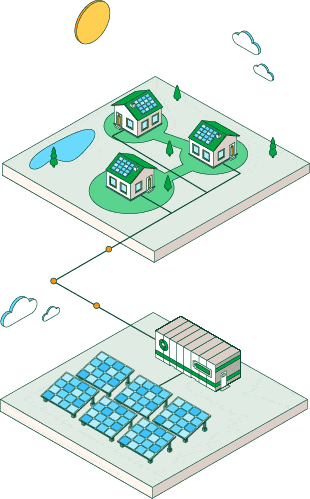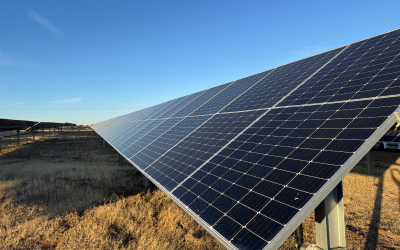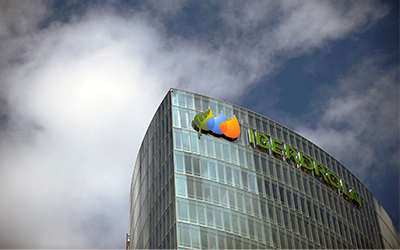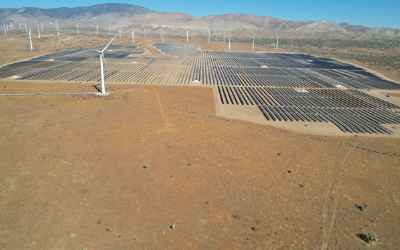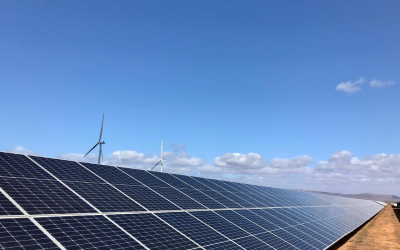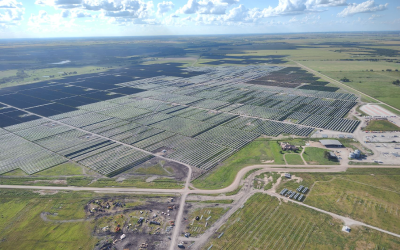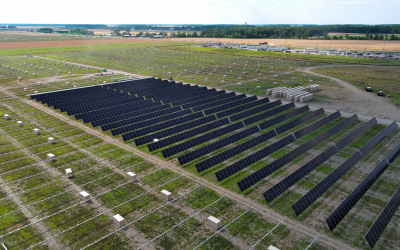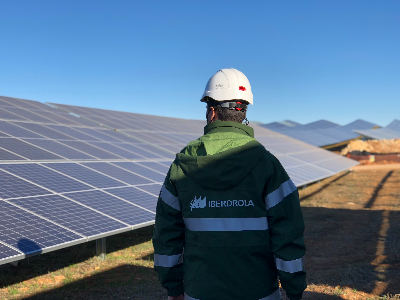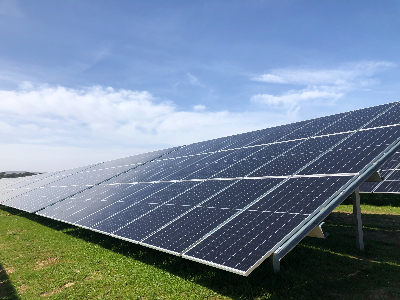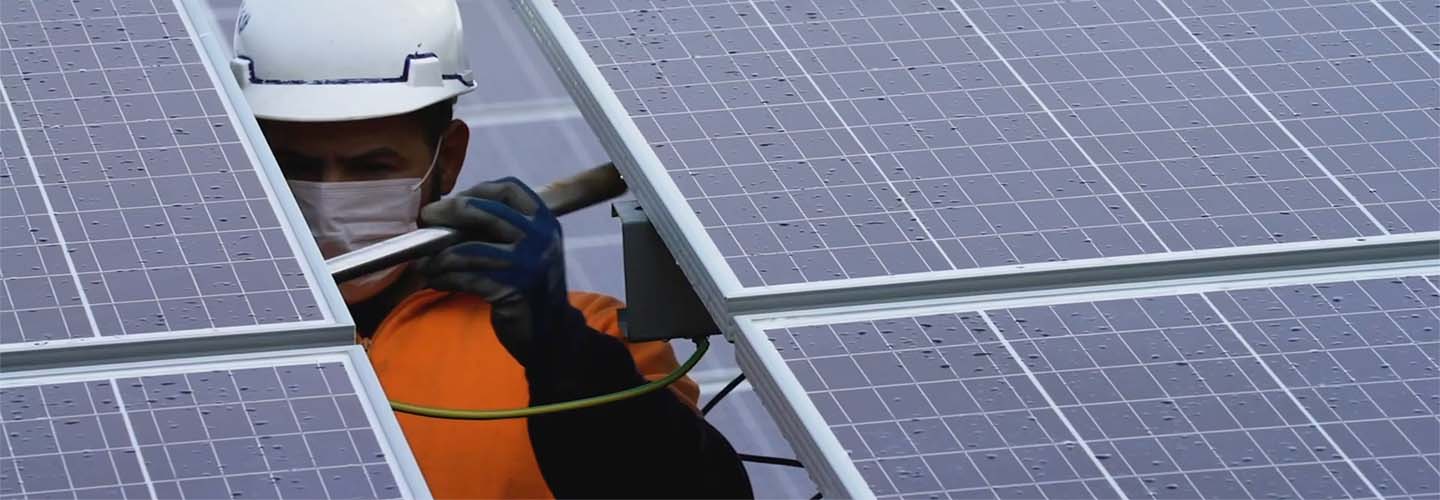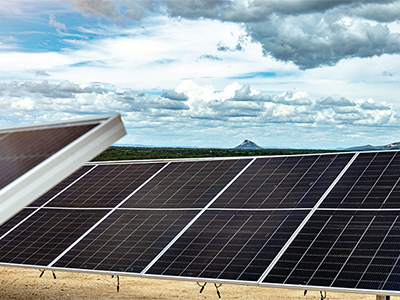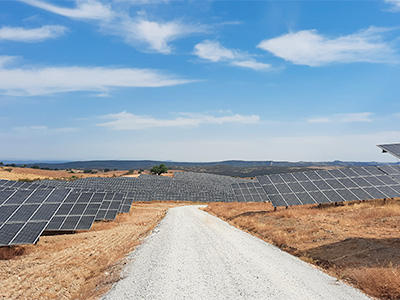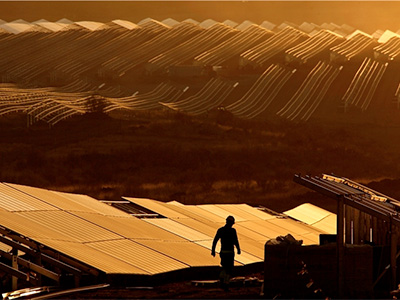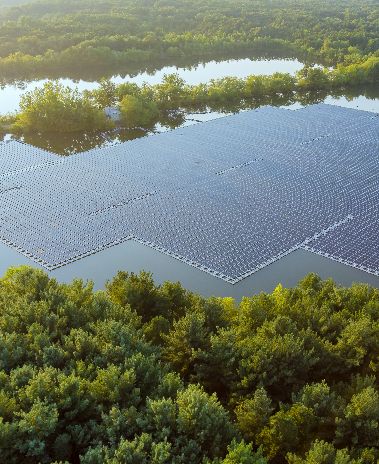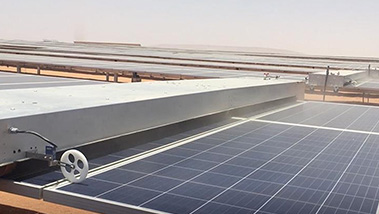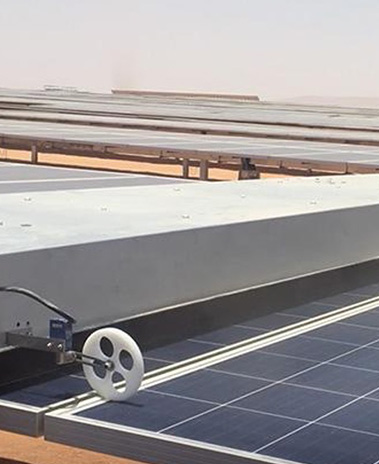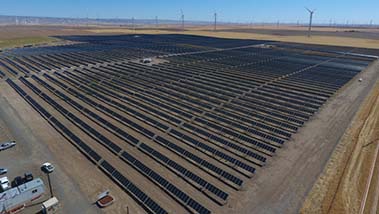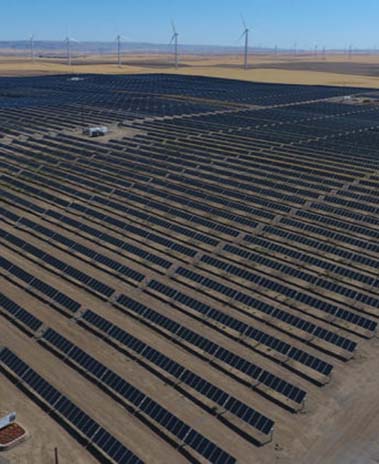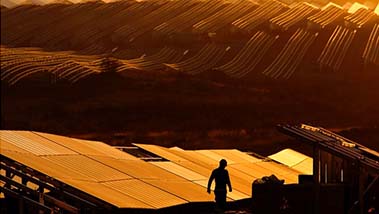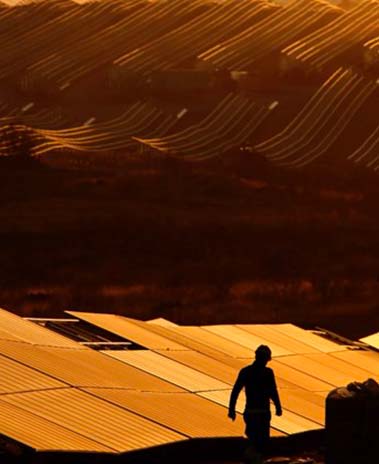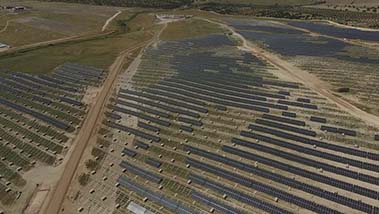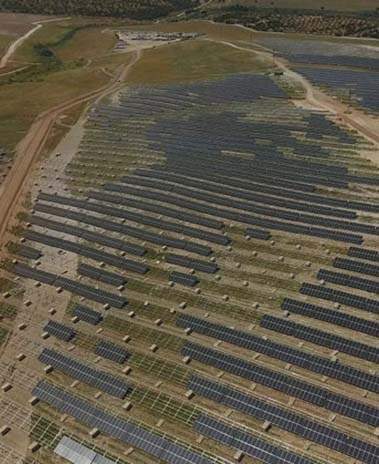-
Solar photovoltaic energy is one of the most important and well-established renewable energy sources. For the past few years, floating solar PV has been gaining ground, which, according to the World Bank, could double installed capacity. At the moment, it has gone from 61 MW in 2015 to more than 3 GW in 2021, with 688 MW added in 2020 alone.
Iberdrola leads the photovoltaic self-consumption market in Spain, managing 40% of the country's self-consumption customers. As part of its commitment to accelerating the energy transition and developing new products to improve efficiency and...
-
Improvements in efficiency and the drastic reduction in the cost of photovoltaic panels have allowed solar energy to become a fundamental part of the energy mix. However, it is necessary to have cleaning processes that prevent the accumulation of dirt and debris on the panels, ensuring their proper functioning and increasing their efficiency.
The Port Augusta Renewable Energy Park (PAREP) is Iberdrola's first renewable energy complex in Australia. It is a hybrid wind-solar plant with a total installed capacity of 317 MW and is located about eight kilometres southeast of Port Augusta, in the state of South Australia, in the coastal region bordering the southern Flinders Ranges.
-
Iberdrola has begun proceedings to develop the Otero photovoltaic plant, which, with installed capacity of 505 MW, will be the largest in Castilla y León (Spain) and the second largest in Europe. The plant will be built in the municipalities of Marazuela, Marazoleja and Anaya, in the province of Segovia, and represents an investment of nearly €220 million.
Iberdrola Group, through its subsidiary in Spain, has built in Badajoz the Núñez de Balboa photovoltaic plant, which, with 500 MWp of installed capacity and the ability to supply clean energy to 250,000 homes, has become the largest in Europe.







